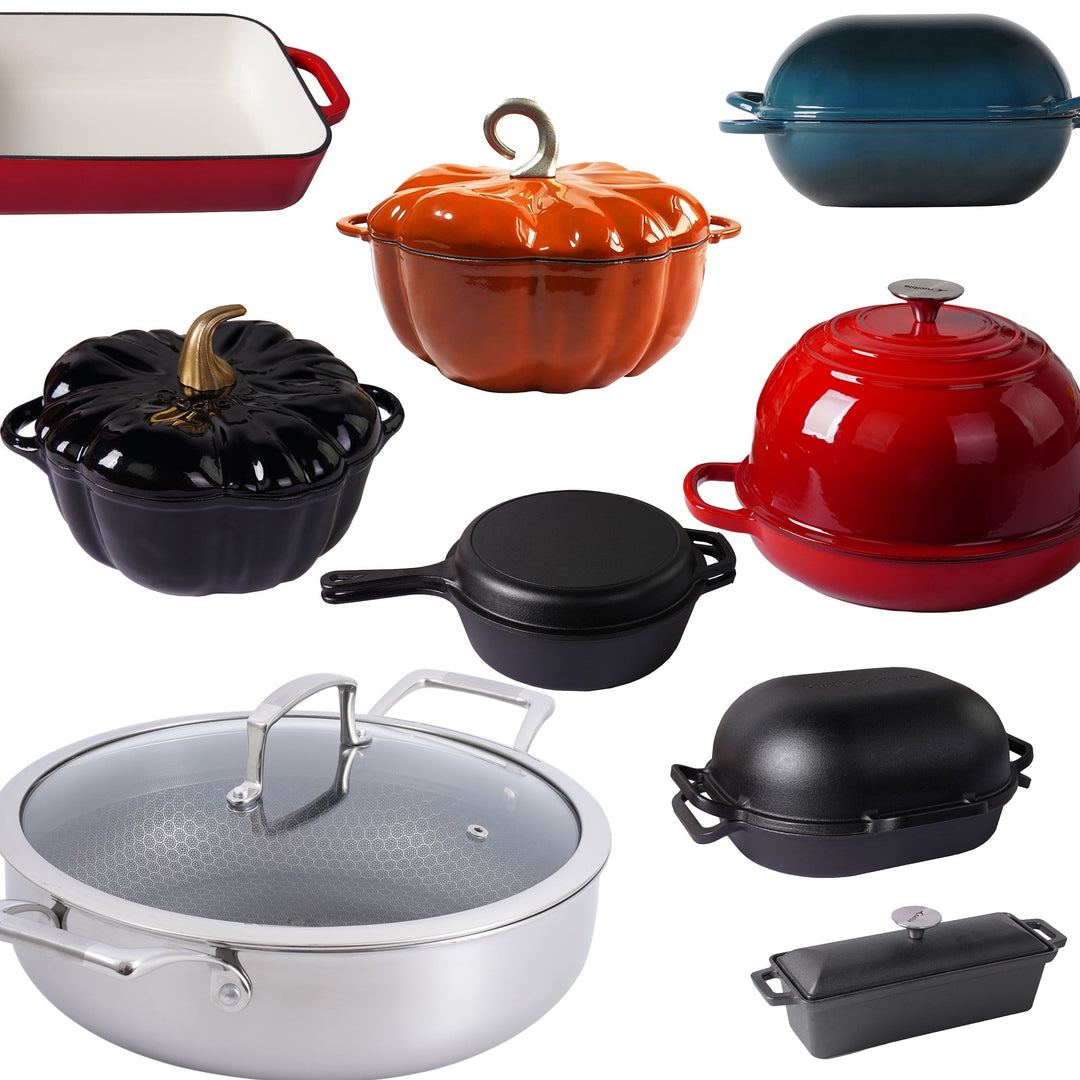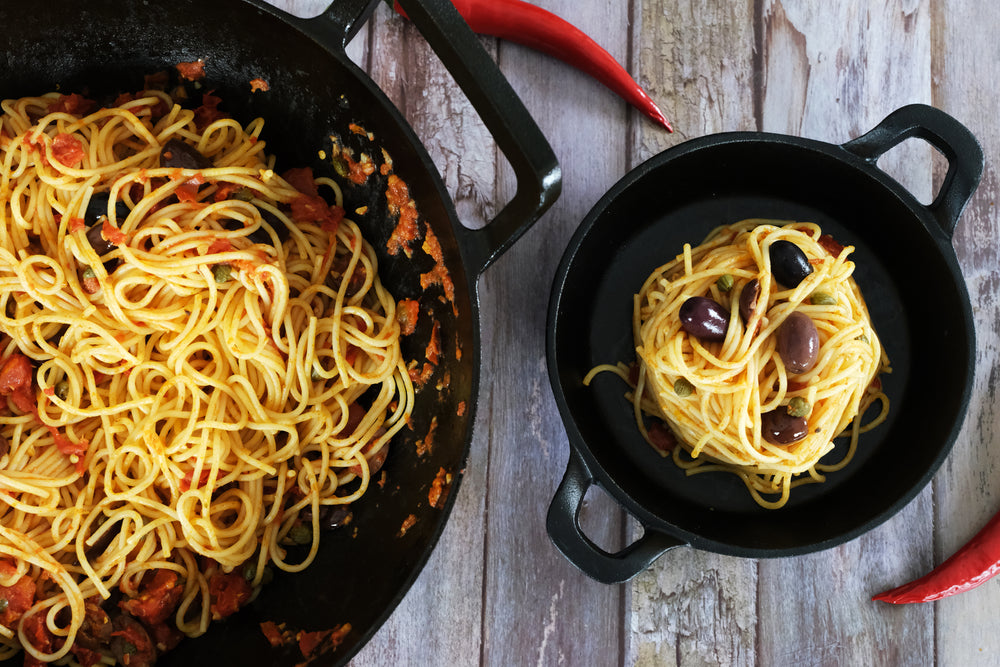El arte del pan artesanal: un viaje culinario a través del tiempo y el sabor

El pan, un alimento básico en muchas culturas, ha evolucionado a lo largo de los siglos desde un elemento de sustento básico hasta convertirse en una forma de arte por derecho propio. Entre las muchas variedades de pan, una destaca como símbolo de artesanía, tradición y sabor inigualable: el pan artesanal. En esta publicación del blog, exploraremos el mundo del pan artesanal, su historia, características únicas y el renacimiento de esta antigua artesanía en el panorama culinario actual.

La historia del pan artesanal
El pan artesanal tiene una rica historia que precede a la industrialización de la producción de pan. Antes del advenimiento de las panaderías comerciales modernas, las comunidades dependían de panaderos locales que elaboraban meticulosamente el pan usando ingredientes simples: harina, agua, sal y levadura. Estos artesanos expertos trabajaban con sus manos, utilizando técnicas ancestrales para crear panes con texturas y sabores distintos.
Una de las formas más icónicas de pan artesanal, el sourdough, se ha elaborado durante miles de años. El uso de cultivos naturales de levadura, transmitidos de generación en generación, le daba a cada pan sourdough una identidad regional y familiar única. El largo proceso de fermentación permitía el desarrollo de sabores complejos, resultando en un pan que no solo era nutritivo sino también una experiencia culinaria.

¿Cuál es la definición de pan artesanal?
El pan artesanal es un tipo de pan hecho a mano por panaderos expertos usando métodos tradicionales e ingredientes de alta calidad. El término "artisan" típicamente implica que el pan se hace en lotes pequeños, a menudo con un enfoque en la artesanía y la atención al detalle. Aquí hay algunas características clave que definen el pan artesanal:
-
Hecho a mano: El pan artesanal generalmente es elaborado por panaderos expertos que están activamente involucrados en todo el proceso de elaboración del pan, desde mezclar y dar forma a la masa hasta hornear. No se produce en masa a escala industrial.
-
Ingredientes de alta calidad: Los panaderos artesanales usan ingredientes premium, como harina de alta calidad, agua, sal y a veces masa madre natural, para crear su pan.
-
Fermentación prolongada: Muchas recetas de pan artesanal implican tiempos de fermentación más largos, permitiendo que la masa desarrolle sabores complejos y una textura masticable y rústica. El pan sourdough, en particular, suele tener un período de fermentación extenso.
-
Aditivos mínimos: Las recetas de pan artesanal tienden a tener menos aditivos y conservantes en comparación con el pan producido comercialmente. El enfoque está en la simplicidad y la pureza del sabor.
-
Formas y variedades únicas: El pan artesanal viene en una amplia variedad de formas, tamaños y estilos. Los panaderos a menudo experimentan con diferentes granos, semillas y harinas para crear variedades de pan distintas.
-
Corteza y miga: El pan artesanal a menudo tiene una corteza gruesa y crujiente y una estructura de miga abierta e irregular que contribuye a su carácter rústico y robusto, creando un contraste delicioso en la textura.
-
Local y de temporada: Algunas panaderías artesanales obtienen ingredientes localmente y ajustan sus recetas según las estaciones, reflejando un compromiso con la frescura y los sabores regionales.
-
Artesanía: Los panaderos se enorgullecen de su oficio y pueden usar técnicas como dar forma a mano, marcar la masa y hornear en hornos de piedra para lograr los resultados deseados.
-
Sabores diversos: Con varios tipos de harinas, semillas, nueces y otros ingredientes, los panaderos artesanales crean una variedad de sabores de pan, desde el sabor a nuez del trigo integral hasta la acidez del centeno y la dulzura suave del brioche.
El pan artesanal es conocido por su sabor rico, texturas únicas y el toque personal que los panaderos expertos aportan a cada hogaza. A menudo se asocia con panaderías pequeñas e independientes que priorizan la calidad sobre la cantidad y se enorgullecen de sus tradiciones panaderas.

Técnicas y utensilios en la elaboración de pan artesanal
En el mundo del pan artesanal, diversas técnicas y utensilios de cocina juegan un papel crucial para lograr las características y sabores únicos asociados con este arte. Así es como se usan algunas de estas técnicas y utensilios:
1. Técnicas artesanales: Los panaderos artesanales están activamente involucrados en todo el proceso de elaboración del pan, que incluye mezclar, amasar y dar forma a la masa a mano. Estas técnicas manuales permiten a los panaderos tener un control preciso sobre la textura y estructura del pan.
2. Cultivos naturales de levadura (masa madre): El pan de masa madre, una variedad clásica artesanal, se basa en cultivos naturales de levadura. Los panaderos cultivan y mantienen estos cultivos, a veces durante generaciones, para fermentar el pan. Los largos tiempos de fermentación asociados con la masa madre contribuyen a sus sabores y texturas complejas.
3. Fermentación prolongada: Los tiempos de fermentación más largos son una característica del pan artesanal. Esta técnica implica permitir que la masa repose y se desarrolle durante un período prolongado. El proceso de fermentación contribuye al sabor y la textura únicos del pan.
4. Aditivos mínimos: Las recetas de pan artesanal suelen contener menos aditivos y conservantes que el pan comercial. Esto está en línea con el enfoque en la pureza del sabor y la simplicidad en la panadería artesanal.
5. Horneado en hornos de piedra: Muchos panaderos artesanales usan hornos de piedra para hornear su pan. Estos hornos proporcionan una distribución uniforme del calor y pueden producir la característica corteza gruesa y crujiente y la estructura abierta de la miga del pan artesanal.
6. Moldes para pan de hierro fundido con tapas: Moldes para pan de hierro fundido con tapas a veces se usan para hornear pan artesanal. Estos moldes son ideales para crear un ambiente húmedo y con vapor en el interior, lo que ayuda a lograr una corteza crujiente y una miga húmeda. La tapa a menudo se retira durante el proceso de horneado para permitir que el pan desarrolle una corteza.
7. Dutch ovens de Hierro Fundido: Dutch ovens de hierro fundido, comúnmente usados en la panadería artesanal, son excelentes para hornear pan rústico. El dutch oven precalentado atrapa el vapor liberado de la masa, creando la corteza deseada mientras mantiene el interior húmedo.
8. Marcado de la Masa: Los panaderos a menudo marcan o cortan la superficie de la masa antes de hornear. Esto no solo añade un toque estético, sino que también permite que el pan se expanda y libere vapor durante el horneado, resultando en un levado atractivo y controlado.
9. Ingredientes Diversos: Los panaderos artesanales experimentan con varios tipos de harinas, semillas, nueces y otros ingredientes para crear una amplia gama de sabores, desde el trigo y centeno tradicionales hasta combinaciones más únicas.
Estas técnicas y utensilios son esenciales para crear las características distintivas del pan artesanal, como su corteza sabrosa, estructura irregular de la miga y perfiles de sabor diversos. Reflejan el compromiso con la tradición, la artesanía y el sabor que definen el mundo del pan artesanal.


El Renacimiento del Pan Artesanal
Mientras que la conveniencia de la producción comercial de pan llevó a un declive en las panaderías artesanales tradicionales, en los últimos años ha habido un resurgimiento del interés en el pan artesanal. Los consumidores buscan sabores que solo se pueden lograr mediante técnicas tradicionales, y los panaderos están respondiendo a esta demanda. Muchas panaderías pequeñas y panaderos caseros han adoptado el arte del pan artesanal, produciendo panes de alta calidad y únicos que rinden homenaje al pasado.
El renacimiento del pan artesanal no es solo una tendencia nostálgica, sino un testimonio del atractivo duradero de la artesanía genuina y la búsqueda de un sabor excepcional. A medida que los consumidores se vuelven más conscientes de los beneficios para la salud y las ventajas de sabor del pan fermentado naturalmente y hecho a mano, el movimiento hacia la panadería artesanal continúa creciendo.

Conclusión
El pan artesanal es más que solo sustento; es un símbolo de la artesanía tradicional y la búsqueda de sabores extraordinarios. Sus raíces en la historia y la dedicación de los panaderos para preservar la tradición y revivir este oficio hacen que el pan artesanal sea una parte fascinante y deliciosa de nuestro patrimonio culinario. Así que la próxima vez que muerdas una rebanada de un pan maravillosamente crujiente y aromático, recuerda que estás saboreando un pedazo de historia y un testimonio del atractivo atemporal del pan artesanal.
















Deja un comentario